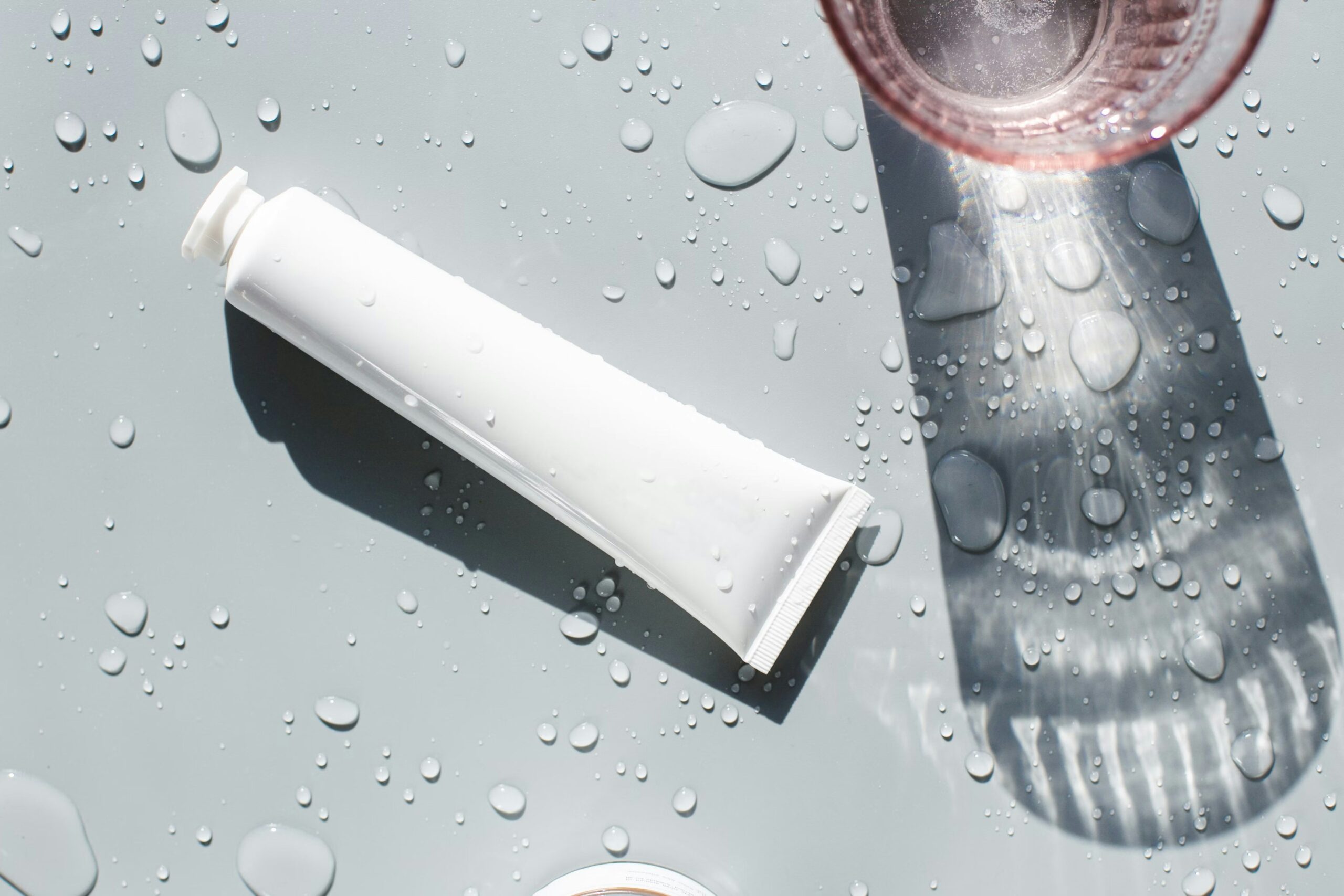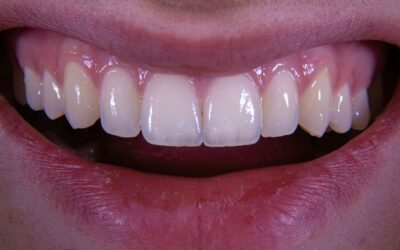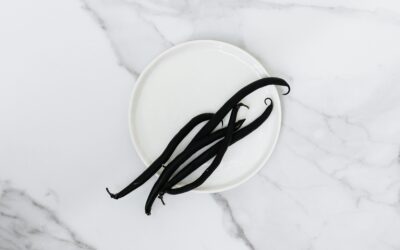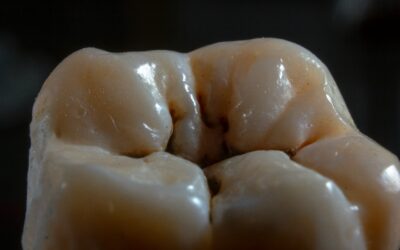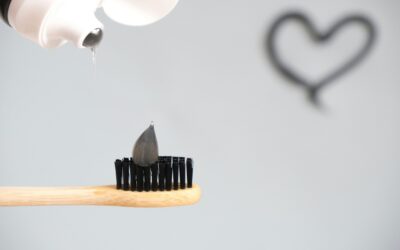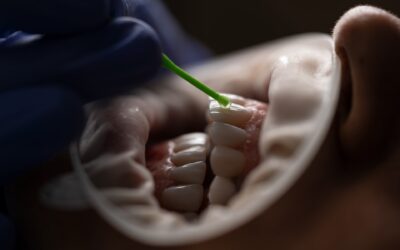If you’ve ever stood in the toothpaste aisle wondering whether fluoride is something you need or should avoid, you’re not alone. While it’s been a trusted ingredient in dental care for decades, many people are beginning to wonder if their fluoride toothpaste is actually doing more harm than good. With so much conflicting advice online, it’s easy to get confused.
In this article, we’ll break down exactly what fluoride is, how it works in toothpaste, what the potential concerns are and whether the benefits outweigh the risks. Whether you’re brushing up on your oral health knowledge or just looking for a straight answer, this guide has you covered.
What is Fluoride?
Fluoride is a naturally occurring mineral that’s found in rocks, soil, water and even the food we eat. It’s been used in dental products since the 1940s, mostly because of its powerful ability to prevent tooth decay.
Over time, researchers discovered that communities with naturally higher levels of fluoride in their water had significantly fewer cavities. This led to the introduction of fluoride into drinking water and dental products like toothpaste. But despite its popularity, some people have begun to question whether it’s really safe to use fluoride every day when brushing our teeth.
How Fluoride Works in Toothpaste
Fluoride plays a crucial role in keeping our teeth healthy. Each day, the enamel on our teeth is attacked by acids produced when we eat sugary foods. This acid weakens the enamel and can eventually cause cavities. When you brush with fluoride toothpaste, it helps restore lost minerals to the enamel. It also creates a tougher, more acid-resistant layer on the surface of your teeth. That’s not all – fluoride also disrupts how harmful bacteria grow and multiply in your mouth, making it harder for plaque to form in the first place. So it doesn’t just protect your teeth, it actively helps repair early damage before it becomes a bigger problem.
How Much Fluoride is in Toothpaste?
The amount of fluoride in toothpaste is carefully regulated to ensure it’s both safe and effective. Most adult toothpastes contain between 1350 to 1500 parts per million (ppm) of fluoride, which is considered the optimal level for protecting teeth against decay, but this will obviously vary depending on the brand and strength of your chosen toothpaste. Children’s toothpastes often contain lower levels, usually around 1000 ppm, to reduce the risk of dental fluorosis while still offering protection.
It’s important to check the label, especially if you’re buying toothpaste for a child. Using the right concentration for their age ensures they get the benefits without unnecessary exposure. Fluoride levels in toothpaste are not randomly chosen, they are based on decades of clinical research and are approved by dental health authorities to strike a balance between effectiveness and safety.
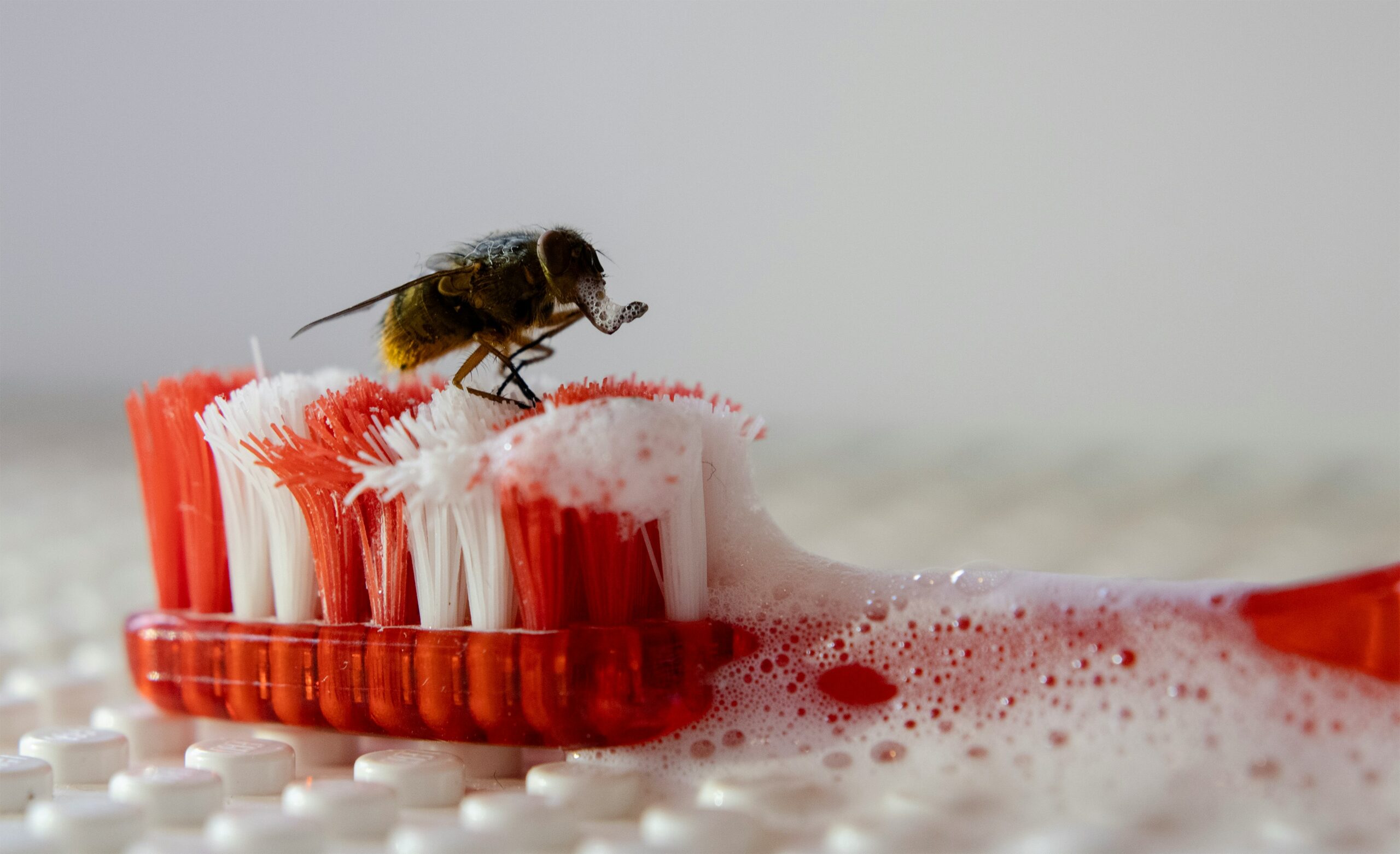
Common Concerns About Fluoride
Despite the science behind it, fluoride hasn’t escaped criticism from the general public (less so from the dentists and oral healthcare professionals who recommend it). Some people worry about whether fluoride is actually toxic and potentially going to cause long-term health problems, particularly because it’s a mineral that can accumulate in the body if overused.
Others feel uncomfortable with the idea of consuming something they didn’t actively choose, especially in countries where fluoride is added to public water like the US, Australia and even parts of the UK. Even though toothpaste is optional, this concern leads some to wonder if they should look for fluoride-free options.
It’s also worth noting that a lot of the fear comes from misinformation or poorly interpreted studies, especially ones that look at much higher levels of fluoride than what’s found in toothpaste.
Health Risks When Overused
Let’s be clear – fluoride is 100% safe when used properly. But like anything, using too much can cause issues.
The most common is dental fluorosis, which happens when young children swallow too much fluoride while their teeth are still forming. It can cause white marks or streaks on the teeth. In more serious but rare cases, the marks might appear brown. The good news is that this condition is cosmetic and doesn’t affect the health or function of the teeth.
Another concern, though much less common, is skeletal fluorosis. This affects the bones and joints but typically only occurs in people who’ve been exposed to very high fluoride levels over a long period, usually through naturally contaminated drinking water, rather than toothpaste.
Finally, if a child swallows a large amount of toothpaste, they may experience nausea or stomach pain, but this will happen whether or not the toothpaste itself contains fluoride. That’s why it’s so important to supervise children while they brush and to make sure they’re using only a small amount.
The Actual Benefits of Fluoride in Toothpaste
For all the concerns (rightly or wrongly), it’s important not to lose sight of the fact that fluoride toothpaste is incredibly effective. In fact, it’s one of the main reasons tooth decay rates have fallen so sharply over the last 50 years or so in the UK. Here’s what fluoride actually does for your teeth:
- It helps prevent cavities by protecting against acid attacks
- It rebuilds weakened enamel, even reversing early stages of tooth decay
- It’s a cost-effective way to protect your teeth without needing more intensive treatments later on like tooth extractions or veneers
It’s for this reason why certified and accredited organisations like the British Dental Association (BDA) and World Health Organisation (WHO) continue to recommend fluoride as a safe and effective part of daily dental care.
Is Fluoride Safe for Children?
For both adults and children, fluoride is absolutely safe, but there are still some important guidelines to follow. Health professionals recommend starting fluoride toothpaste as soon as a baby’s first tooth appears. However, the amount used should be very small:
- Under 3 years: Just a smear – about the size of a grain of rice
- Ages 3 to 6: A pea-sized amount is enough
Parents should always supervise brushing to ensure children spit the toothpaste out instead of swallowing it. By following these simple steps, you can help your child get the benefits of fluoride without the risks.
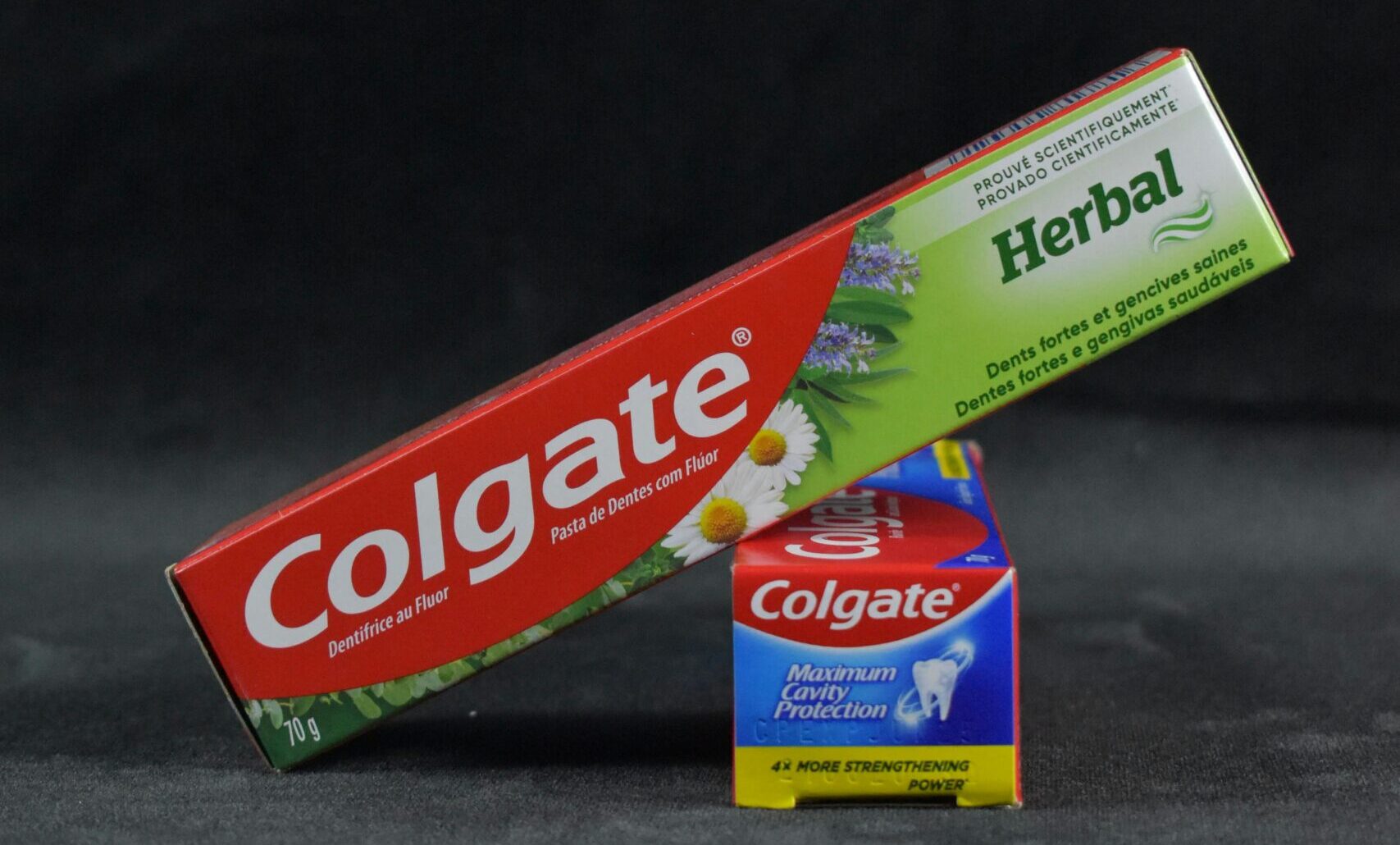
Fluoride-Free Toothpaste Alternatives
If you’re still unsure about fluoride in your toothpaste, there are alternatives available. Fluoride-free toothpaste can still clean your teeth and freshen your breath, although they may not offer the same level of protection against cavities and other oral conditions like tooth sensitivity and gingivitis. Some common alternatives include:
- Baking soda-based toothpaste: These contain sodium bicarbonate which is a natural, mildly abrasive substance with weaker enamel-strengthening properties compared to fluoride
- Herbal toothpaste: Many herbal-branded toothpaste alternatives contain active ingredients like clove oil, neem and mint which provide antibacterial properties and natural freshening effects
- Charcoal toothpaste: Popular as a home teeth whitening method, this alternative can be effective but is not recommended for daily use due to its abrasive nature
- Xylitol-based toothpaste: While expensive and somewhat difficult to source, this sugar alcohol-based alternative has been shown in studies to reduce harmful bacteria in the mouth
Debunking Popular Myths About Fluoride in Toothpaste
There’s a lot of misinformation out there being spread by people who aren’t educated on the subject, so let’s tackle some of the biggest fluoride myths head-on:
- “Fluoride causes cancer” – There’s no reliable evidence linking fluoride in toothpaste to cancer. This myth has been studied thoroughly and debunked by cancer research organisations.
- “Fluoride lowers your IQ” – This idea comes from studies in areas with extremely high levels of fluoride in the water. These levels are far above what you’d find in toothpaste or treated tap water in the UK.
- “Fluoride is used to control people” – This is a conspiracy theory with no scientific basis. Fluoride was introduced to reduce tooth decay, not to manipulate the population.
Separating fact from fiction is crucial when making decisions about your health. Relying on credible sources helps you avoid falling for scare stories.
Conclusion
So, is fluoride in toothpaste actually bad for you? In short, no – not when used as recommended. It’s one of the most effective and affordable ways to protect your teeth from decay. When brushing with a fluoride toothpaste, you’re not just cleaning your teeth, you’re actively strengthening them and preventing future dental problems.
Of course, if you prefer to avoid fluoride, there are alternative options. Just remember they might not offer the same level of protection. If you’re in doubt, speak to your dentist who will be able to give you advice that suits your personal needs.
When used correctly, fluoride toothpaste is not only safe but also an essential part of maintaining a healthy smile.

